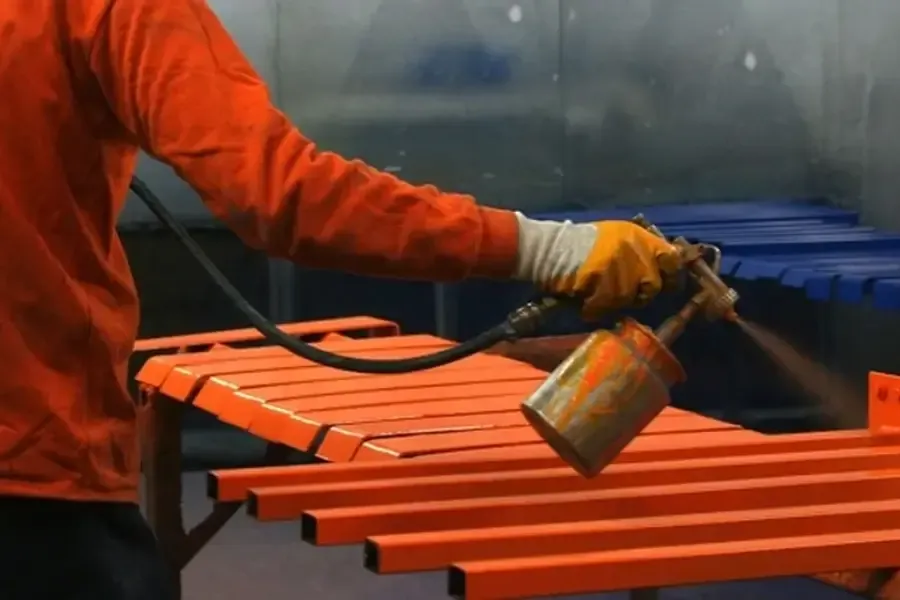Understanding the Steps Involved in a Painting Project
When starting a painting project for your home or business, it is essential to know what to expect. Whether it’s a cozy residential space or a bustling commercial building, the process can seem daunting without proper guidance. Understanding each step of the project helps in managing expectations and ensuring that everything runs smoothly. This guide will take you through the various phases of a residential and commercial painting project, highlighting key considerations and expert tips.
Initial Planning and Consultation
The first step in any painting project involves thorough planning. Consultations with painting professionals are crucial for both residential and commercial painting projects. During this phase, you’ll discuss your vision, color preferences, and any specific needs for the space. The expert may offer insights on color schemes that work best for different settings, whether it’s creating a warm atmosphere at home or a professional look at the office.
Estimating Costs and Budgeting
Understanding cost factors is vital before embarking on any painting project. For commercial painting, costs might vary significantly based on the scale of the project and materials required. Similarly, residential projects need careful budget planning. Common cost considerations include labor charges, quality of paint, and additional services like surface preparation or repairs. Getting detailed quotes from multiple contractors can help in making an informed decision.
Surface Preparation and Repairs
A successful painting project relies heavily on proper surface preparation. Before applying any paint, surfaces must be cleaned and repaired as needed. This could involve sanding rough areas or filling cracks and holes. Proper preparation ensures the paint adheres well and lasts longer. Skipping this step can lead to poor results and increase maintenance needs over time.
Selecting the Right Paint Products
Choosing the right paint products is critical for achieving the desired outcome. Factors like durability, finish type, and environmental conditions should influence your choice. Residential spaces may benefit from paints that are easy to clean and resistant to stains, while commercial areas might require more robust options that withstand heavy traffic. Consulting with your contractor about product recommendations can provide peace of mind.
Execution of the Painting Job
The actual painting process is where everything comes together. Professional painters ensure even application by using proper techniques and tools. This step includes priming surfaces if necessary, followed by applying the selected color coats. It’s important to allow adequate drying times between coats to achieve a flawless finish. Continuous communication with your contractor during this stage ensures alignment with your project’s goals.
Final Inspections and Touch-Ups
Once the painting is complete, conduct a thorough inspection. Look out for any missed spots or uneven areas that may need touch-ups. A reputable contractor will often perform these checks as part of their service, ensuring high-quality results. Any identified issues should be addressed promptly to maintain the integrity of the finished product.
Conclusion With Expert Advice
Embarking on a residential or commercial painting project requires careful planning and execution. By understanding each step- from initial consultation to final inspections- you can ensure a smooth process and satisfactory results. Trust only experienced professionals who can deliver quality workmanship within your budget. If you’re ready to transform your space, call (732) 210-6523 today. Edward Painting Services is dedicated to providing exceptional service throughout Waretown, NJ. Let us bring your vision to life with our expert painting solutions.


